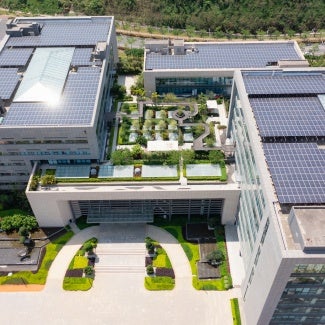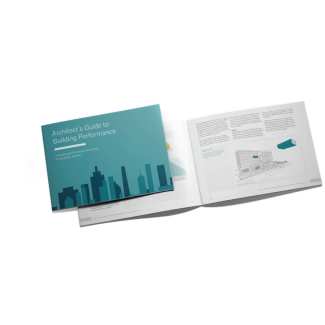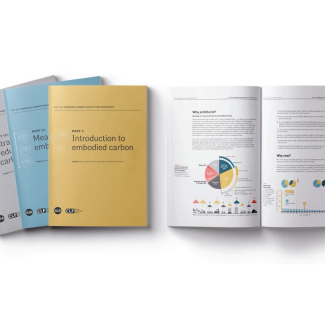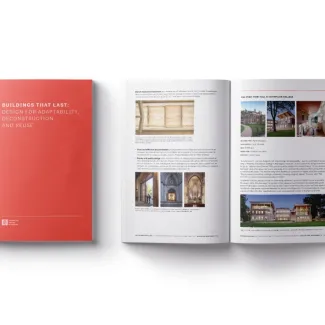Zero carbon
Buildings contribute nearly 40% of annual greenhouse gas emissions. Reducing carbon emissions is not enough to meet the decarbonization targets set by the Paris Agreement. That’s why our goal is net-zero emissions in the building sector by 2030. This page shares authoritative resources, research, and tools to help you get there.

Let’s make carbon neutrality a reality
Each step of the design process is an opportunity to reduce carbon emissions and deliver value for your client. By integrating carbon neutrality into your firm's goals, you can generate project outcomes that embody the leading edge of sustainable and equitable practices. The following resources can help your firm work toward a zero-carbon future.
Here's how to help your firm reach zero.
- AIA 2030 Commitment: Join more than 1,200 firms that have already committed to achieving carbon neutrality by 2030.
- 2030 Design Data Exchange: An easy-to-use tool for firms to record project data, compare results, and enhance performance.
- Architecture & Design Materials Pledge: Discover how your firm can support critical goals, from improving indoor air quality to reducing construction waste.
- AIA Framework for Design Excellence: Explore the 10 defining principles of good design in the 21st century.
- Definitions for Building Performance: Establishing a common vocabulary to assist in the design and construction of low to zero carbon buildings and beyond
- Embodied Carbon 101: A 12-course series on measuring, managing, and implementing solutions for reducing embodied carbon in projects.
Improve energy efficiency
Energy-efficient design features can transform both new construction and existing buildings. Pairing energy efficiency with renewable energy sources is a recipe for zero-carbon buildings. Check out these resources for guidance on improving your next building's overall performance.
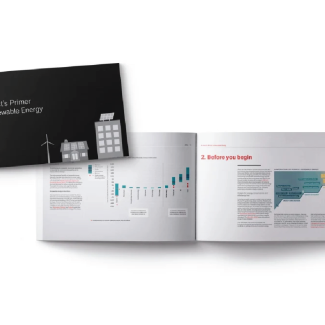
Now more than ever, architects are called to design high-performance buildings. This renewable energy starter guide provides architects with the tools to meet demand and contribute to a more
Tackle embodied carbon
Architects must tackle embodied carbon—the greenhouse gas emissions associated with materials and construction processes over a building's life cycle—to achieve the drastic emission reductions required for effective climate action. You can draw upon the following resources to reduce embodied carbon emissions in your practice.
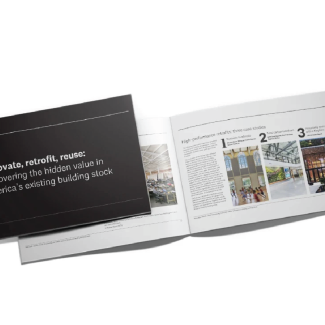
Prepare your firm to take advantage of the increasing number of retrofit projects with this guide uncovering the hidden economic, health, and environmental benefits in America's existing building


